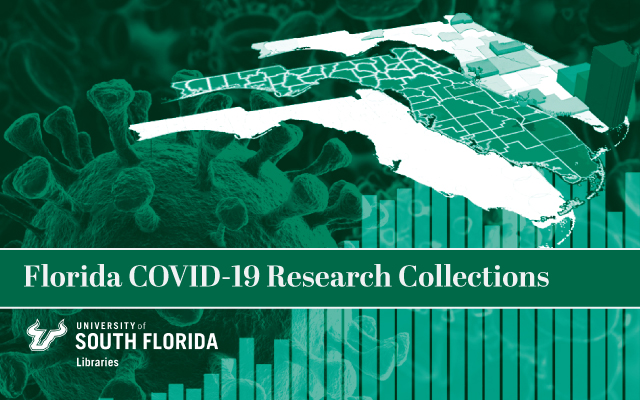
All publications
Document Type
Article
Publication Date
10-15-2020
Keywords
Animals, Betacoronavirus, COVID-19, Coronavirus Infections, Humans, Mice, Murine hepatitis virus, Pandemics, Pneumonia, Viral, SARS-CoV-2, Viruses, Waste Water
DOI
https://doi.org/10.1016/j.scitotenv.2020.139960
Abstract
There is currently a clear benefit for many countries to utilize wastewater-based epidemiology (WBE) as part of ongoing measures to manage the coronavirus disease 2019 (COVID-19) global pandemic. Since most wastewater virus concentration methods were developed and validated for nonenveloped viruses, it is imperative to determine the efficiency of the most commonly used methods for the enveloped severe acute respiratory syndrome coronavirus 2 (SARS-CoV-2). Municipal wastewater seeded with a human coronavirus (CoV) surrogate, murine hepatitis virus (MHV), was used to test the efficiency of seven wastewater virus concentration methods: (A–C) adsorption-extraction with three different pre-treatment options, (D–E) centrifugal filter device methods with two different devices, (F) polyethylene glycol (PEG 8000) precipitation, and (G) ultracentrifugation. MHV was quantified by reverse-transcription quantitative polymerase chain reaction and the recovery efficiency was calculated for each method. The mean MHV recoveries ranged from 26.7 to 65.7%. The most efficient methods were adsorption-extraction methods with MgCl2 pre-treatment (Method C), and without pre-treatment (Method B). The third most efficient method used the Amicon® Ultra-15 centrifugal filter device (Method D) and its recovery efficiency was not statistically different from the most efficient methods. The methods with the worst recovery efficiency included the adsorption-extraction method with acidification (A), followed by PEG precipitation (F). Our results suggest that absorption-extraction methods with minimal or without pre-treatment can provide suitably rapid, cost-effective and relatively straightforward recovery of enveloped viruses in wastewater. The MHV is a promising process control for SARS-CoV-2 surveillance and can be used as a quality control measure to support community-level epidemic mitigation and risk assessment.
Rights Information

This work is licensed under a Creative Commons Attribution 4.0 License.
Citation / Publisher Attribution
Science of The Total Environment, v. 739, article 139960, p. 1-9.
Scholar Commons Citation
Ahmed, Warish; Bertsch, Paul M.; Bivins, Aaron; Bibby, Kyle; Farkas, Kata; Gathercole, Amy; Haramoto, Eiji; Gyawali, Pradip; Korajkic, Asja; McMinn, Brian R.; Mueller, Jochen F.; Simpson, Stuart L.; Smith, Wendy J M; Symonds, Erin M.; Thomas, Kevin V.; Verhagen, Rory; and Kitajima, Masaaki, "Comparison of virus concentration methods for the RT-qPCR-based recovery of murine hepatitis virus, a surrogate for SARS-CoV-2 from untreated wastewater" (2020). All publications. 2.
https://digitalcommons.usf.edu/usf_fcrc_all/2

